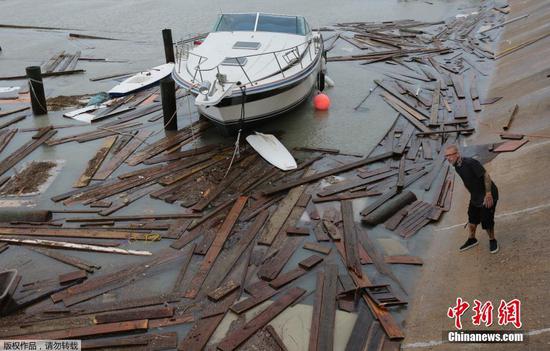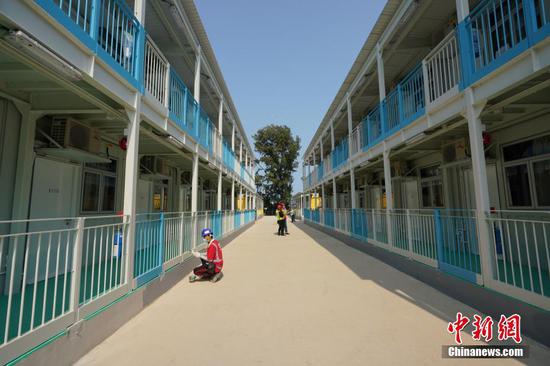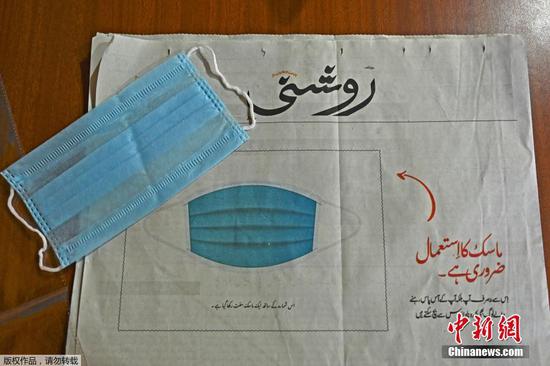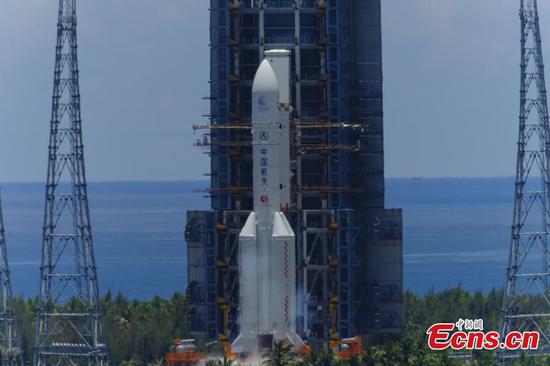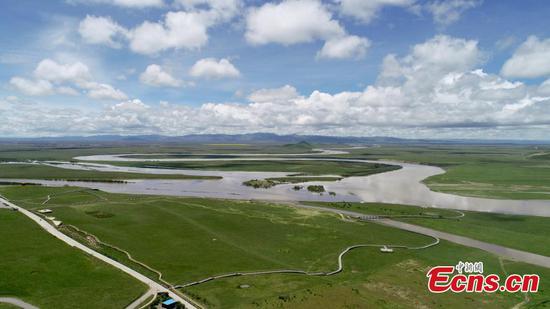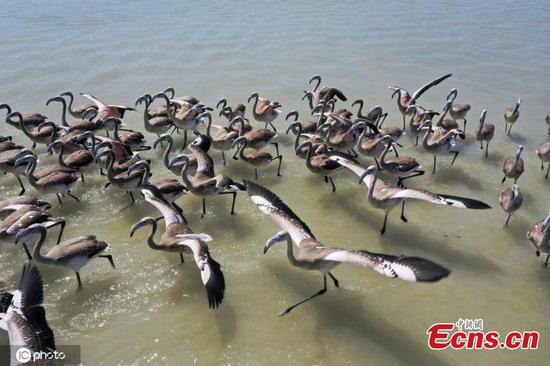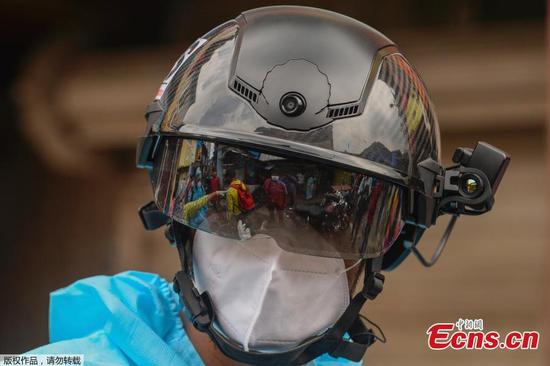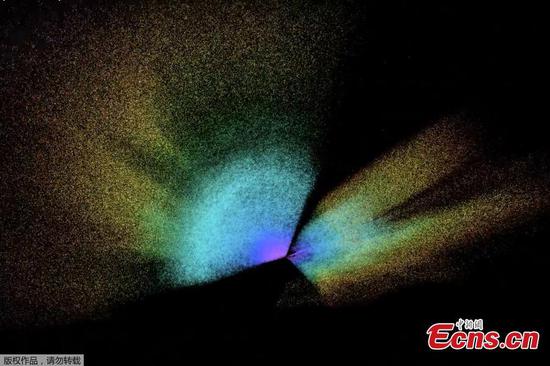As many places in China have been hit by severe floods due to heavy rainfall along the Yangzte River, the river's Three Gorges Dam-the country's largest water control project-has drawn attention at home and from abroad. The authority of the watershed hub management center of the China Three Gorges Corp responded to hot spot issues.
Q: Some foreign media have hyped the "deformation" and "collapse" of the Three Gorges Dam. What is the current operation status of the project? Have there been any deformation or other risks recently?
A: At present, the Three Gorges Dam is operating in good condition. There have been no deformations or other risks, and the project is not as fragile as some people think.
Safety monitoring is part of the project. Monitoring instruments were installed in the dam as early as 1994 to measure its operating condition in a timely and accurate manner.
Some 12,000 instruments were installed by the end of June, covering the buildings, foundations and slopes of the project. They monitor deformation, seepage, seepage pressure, stress, strain, strong earthquakes and other situations.
Manual inspection work has also been carried out to ensure safety.
Rumors about the deformation or collapse of the Three Gorges Dam are alarmist. Any guesses without scientific and careful monitoring data are unscientific, irresponsible, amateurish and have ulterior motives.
Q: How do you respond to the claim that the continuous discharge of water from the Three Gorges reservoir this year has exacerbated flooding in the middle and lower reaches? Does the flooding of the Poyang Lake water system have anything to do with the water discharge from the Three Gorges reservoir?
A: Flood relief of the reservoir does not mean that the reservoir failed to play a role in flood control.
For example, the Three Gorges reservoir's inflow peaked at 53,000 cubic meters per second at 2 pm on July 2.
According to the instruction command from the Changjiang Water Resources Commission of the Ministry of Water Resources, the discharge volume should be controlled at 35,000 cubic m/s.
At that point, the 34 units of the Three Gorges Hydroelectric Power Station were running at full capacity with an outflow of about 31,000 cubic m/s. The remaining outflow of about 4,000 cubic m/s was discharged through the spillway.
Although flood discharge was under way at the project, the total outflow of 35,000 cubic m/s was smaller than the inflow of 53,000 cubic m/s, meaning the project is still playing a role in retaining floodwaters.
The flood retention of the reservoir has reduced the flood control pressure of Poyang Lake, China's largest freshwater lake in Jiangxi province, and prevented the water level at the Hukou station of Poyang from exceeding the maximum designed water level, which is set to guarantee dike safety.













